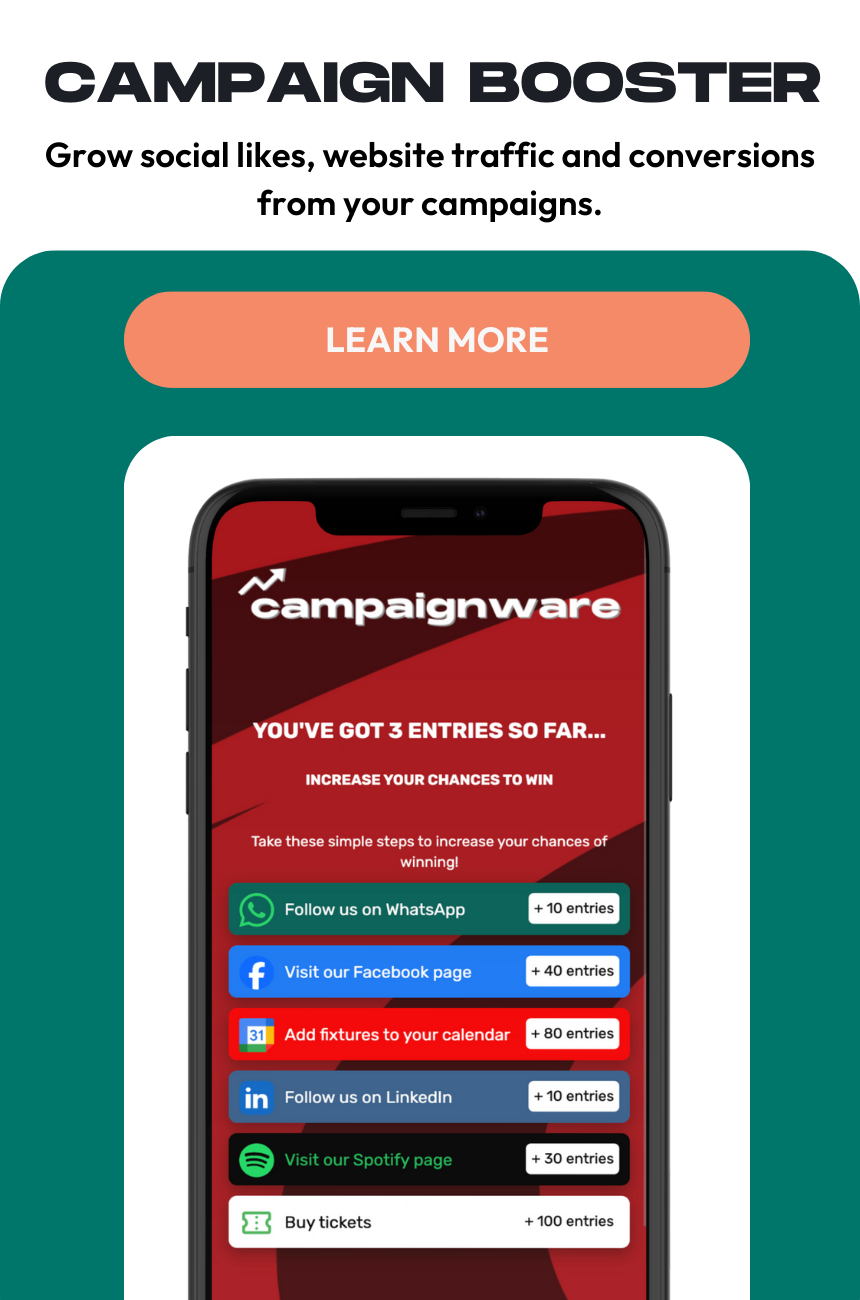Unlocking the Power of Customer Segmentation: Boosting ROI with Targeted Marketing Strategies - Top 5 Best Practices
%2520%2520(2).png)
Are you struggling to see the ROI of your marketing efforts? One solution may be to implement customer segmentation into your marketing strategy. By dividing your customers into smaller groups based on shared characteristics, you can create targeted marketing campaigns that better resonate with each group. In this article, we will explore the top 5 best practices for unlocking the power of customer segmentation to boost ROI.
In this article you will learn:
- Start with a clear understanding of your customers
- Define your segments based on relevant characteristics
- Develop targeted marketing campaigns for each segment
- Continuously analyse and refine your segments
- Leverage technology to streamline segmentation and targeting
- Key Takeaways
1. Start with a clear understanding of your customers
Before you can begin segmenting your customers, it's important to have a clear understanding of who they are, what they want, and how they behave. This requires collecting and analysing data on your customers' demographics, psychographics, behaviours, and preferences. Once you have a clear picture of your customers, you can begin to identify commonalities and group them into segments.
2. Define your segments based on relevant characteristics
When creating customer segments for the sports industry, it's important to consider which characteristics are relevant to your business goals. For example, if you are an AFL team, you may want to segment your customers based on location, age, and level of engagement with the sport. You may also want to consider segmenting your corporate clients based on industry, company size, and decision-making authority. By understanding the unique characteristics of your target audience, you can better tailor your marketing efforts and deliver a more personalised experience to your customers.
3. Develop targeted marketing campaigns for each segment
Once you have defined your customer segments, you can create targeted marketing campaigns for each one. This can include personalised email marketing, targeted social media advertising, and tailored landing pages. By creating campaigns that speak directly to the needs and preferences of each segment, you can increase engagement and conversions.
.png)
4. Continuously analyse and refine your segments
Customer segmentation is not a one-time task - it requires ongoing analysis and refinement. As your business and customer base evolves, so too should your segments. By regularly analysing your segments and updating them as needed, you can ensure that your marketing efforts remain effective.
5. Leverage technology to streamline segmentation and targeting
Finally, it's important to leverage technology to streamline the customer segmentation and targeting process. Marketing automation platforms, for example, can help you collect and analyse customer data, create targeted campaigns, and measure ROI. By using technology to automate and optimise your segmentation efforts, you can save time and resources while maximising the impact of your marketing campaigns.
Key Takeaways
In conclusion, customer segmentation is a powerful tool for boosting ROI through targeted marketing strategies. By understanding your customers, defining relevant segments, developing targeted campaigns, continuously analysing and refining segments, and leveraging technology, you can unlock the full potential of customer segmentation and see tangible results in your marketing efforts.


%2520%2520(800%2520%25C3%2597%2520600px)%2520(4).png)
%2520%2520(800%2520%25C3%2597%2520600px)%2520(3).png)
%2520%2520(800%2520%25C3%2597%2520600px).png)